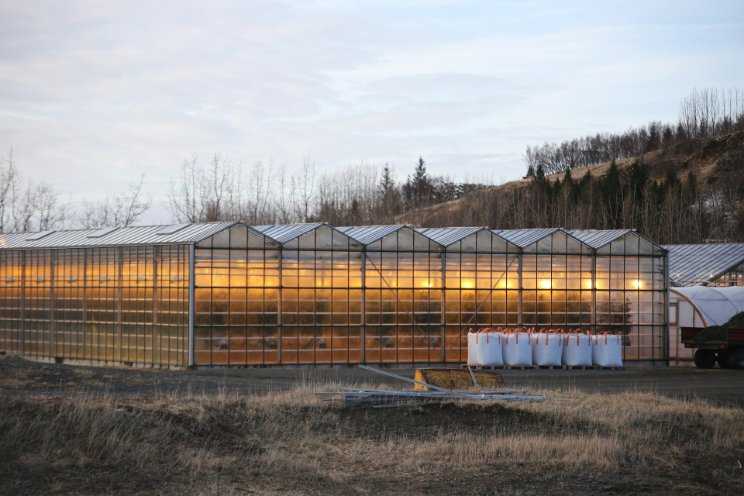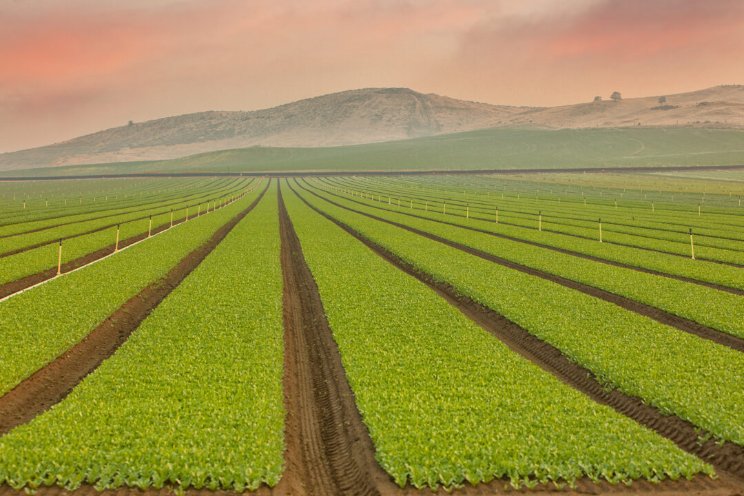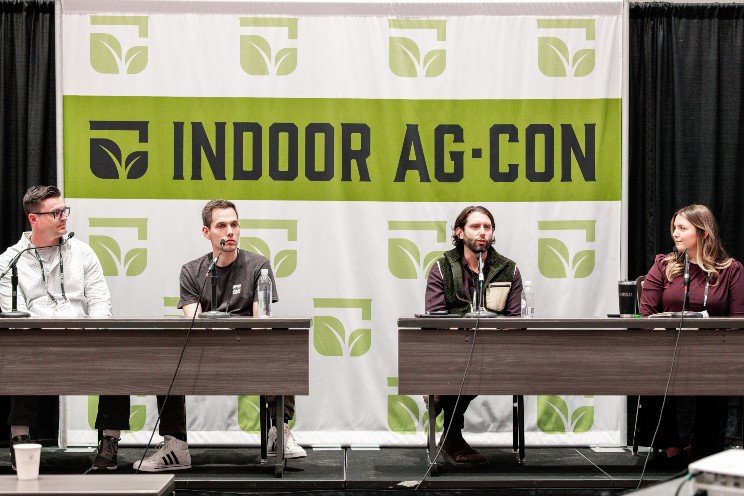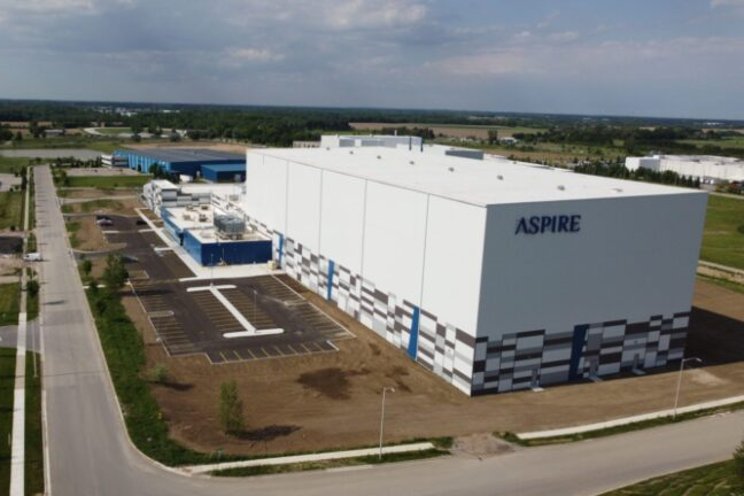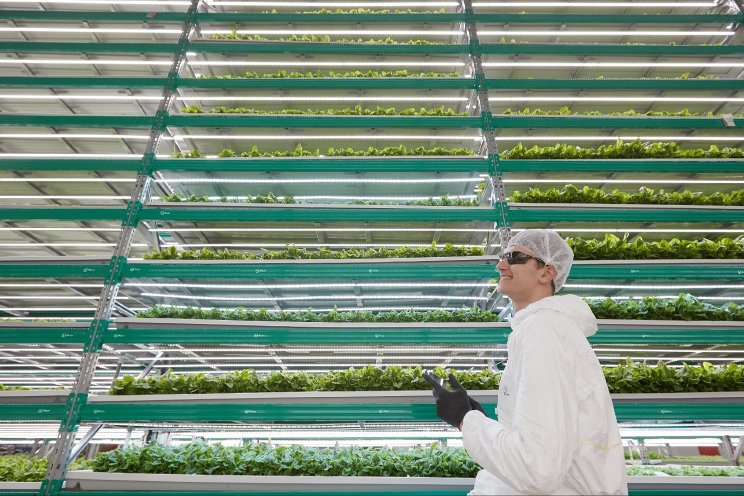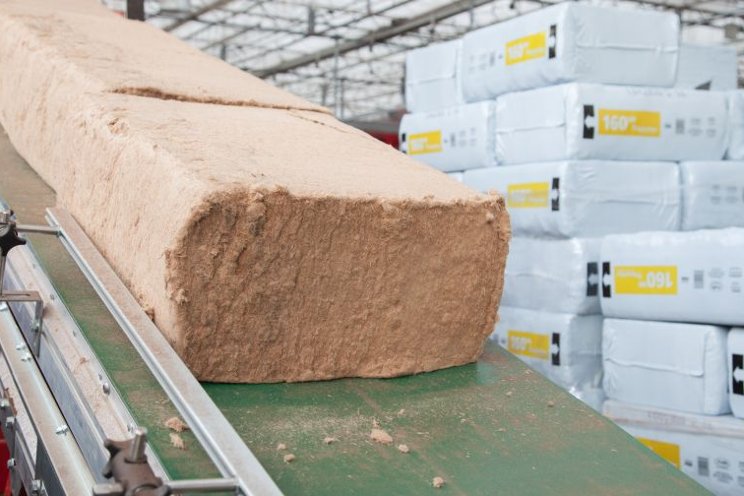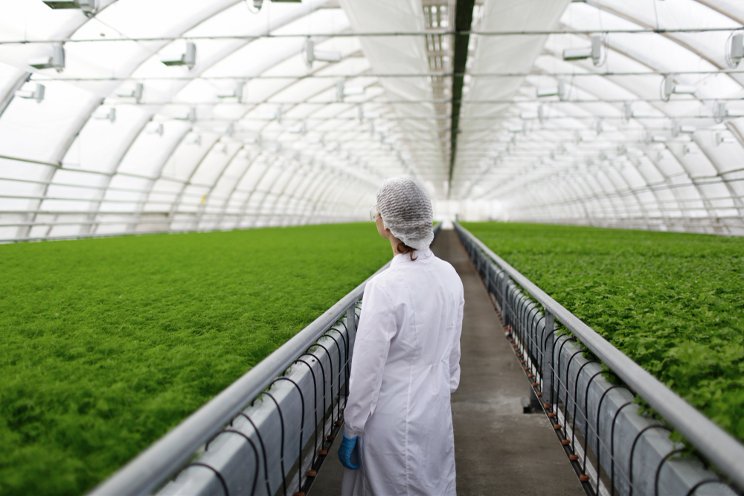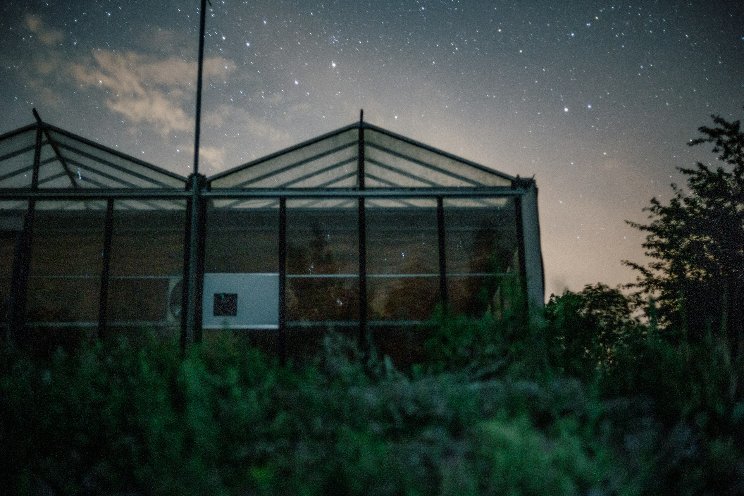Greenhouse Tech: Environment control for small growers
Added on 30 September 2021
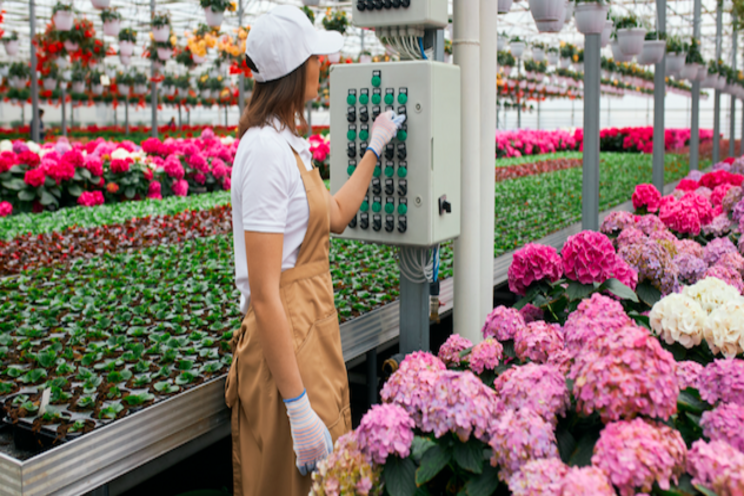
Peter: Welcome, Dave, thanks for spending time with us today. Let's start with your background in engineering and your family business's focus on meters — tell us more about that.
Dave: Many of the customers who bought meters from us made kilns to fire ceramics and glass art. Most of these kilns only had manual adjustment knobs to control the power/temperature of the kiln. We responded to the needs of this group and developed a specialized line of controls for ceramic and glass kilns. Bartlett maintains a nearly 70% market share of controllers in the domestic kiln market.
Peter: It's interesting that you weren't focused on the greenhouse industry until fairly recently. How did you become interested in greenhouse environment control, and how did you choose the small grower sector as your focus?
Dave: Our focus as a business has been to apply electronics to people's everyday chores to improve efficiency, quality and reduce effort. We entered the greenhouse market because a friend needed better control in his greenhouse but could not find what he needed for the price he could afford. He then suggested we make controllers for growing crops as well as kilns.
After some market research we determined that the greenhouse market had good higher end controllers but lacked economical controllers — ones that could compete with and replace thermostats. We also evaluated many greenhouses with thermostats and determined that two heat and four cool steps would suffice as an entry level controller.
Peter: As a small grower I can confirm your comment. Many times I've stood in large, automated greenhouse ranges frustrated because the control systems would never be within reach for my size operation to afford.
Dave: Good observation, Peter. Once we narrowed down these basic control parameters a greenhouse controller needed we moved on to determine if we could use the hardware of the kiln controller and customize the software for growers. These attributes — low cost and high reliability — come from being able to use the same hardware that we use for the kiln market and realize the efficiency involved.
The kiln market is very cost sensitive so the controller we pioneered had to be low cost. We did things like create easy-to-use software to reduce the need for a high-cost user interface. We also pass along savings to our customers via efficiencies from the large volume of controllers we make for kilns.
Reliability is paramount and not a tradeoff for lower price. We do not want to disappoint the student firing a school project or the Space-X engineer heat-treating parts. Our greenhouse customers get the same quality and customer service.
Peter: Your philosophy in bringing high tech to small growers is a no-frills position. Explain, please, how do you decide which features are required and which are optional? It's all high tech, but your focus is on fewer bells and whistles.
Dave: All the features in the controllers have been inspired by growers. The first required feature was replacing the heating and cooling operation of thermostats and making it more efficient. Thermostats can cause heats and cools to run at the same time creating waste. They act like independent sensors so one could be hot and calling for cooling, while another could be cold calling for heat.
On the other hand, an integrated controller has one temperature reading so heats and cools are coordinated and should never run at the same time. The savings by switching from thermostats to a controller can give a payback of one to two growing seasons. We've heard many stories from growers about their experiences with mechanical thermostats. Peter, I'm sure you have one or two to tell.
Peter: First, what you describe corresponds to what growers are taught regarding payback, in general a payback period of under three years is desired. Last year, I teamed up with an agricultural economist to produce a podcast called The Gate (the grower and the economist) and our focus is helping small farmers and growers navigate recent industry disruptions. We discuss how small growers need to smartly decide how to spend money in their operations as you're describing.
And, I have stories about how my dad and I used thermostats. Our first thermostat dates back to the '60s and had a drop of mercury, a liquid, sealed in a tiny glass tube. This tube was attached to a flat piece of coiled metal that expanded and contracted with temperature tipping the glass tube in one direction of the other. For heat, the coil contracted, tipping the glass tube in the direction of the exposed furnace contacts inside the tube. The mercury
would slide and being an electrical conductor close the contacts that activated the furnace. As the temperature rose the coil expanded, tipping the tube back and sliding the mercury off the contacts ending the furnace cycle.
The unit had to be mounted in a level, horizontal position for accuracy. In our quonset houses, these thermostats were mounted at crop height using a one by four board attached to the greenhouse truss work. On cold, windy nights the greenhouse would move with the wind — I still hear the furnace chattering as the mercury bubble shook back and forth closing and opening the contacts. Those poor furnaces — trusty Dayton mechanical thermostats that operated on both full line voltage as well as 24 voltage replaced the mercury units during the '70s. Advancements through the '80s brought electronic thermostats and increased efficiency.
I enjoy watching how this generation of controllers continues to evolve to offer fully integrated features. Tell us about your experience along this evolutionary path. How are you deciding how much tech to incorporate into a controller?
Dave: We're constantly practicing a balancing act, Peter. We try to strike just the right balance between hardware limits and keeping the controller from getting overly complicated. The most popular additions after the basic control were incorporating DIF/Day/NITE settings, addition of dehumidification cycle, timer and alarm outputs and roof vent control. One local grower said he was so happy having the DIF setting because he would not have to run to the greenhouse every morning to flip the breakers to the heaters.
Peter: Preceding DIF, it was horizontal air flow as a new environmental control point in the greenhouse. Some growers tuned in quickly and learned how to integrate this type of air movement in the greenhouse. Easy at night when ventilation was idle, but complicated during the day when ventilation currents needed to be left alone. Tell us next how the rapidly advancing world of electronics keeps you on your toes.
Dave: The revolution in electronics has driven the evolution of controllers. Our controller has remained the same size, but the brain is much bigger. Sometimes it's hard to keep up with all the advancements. Take the touchscreen display feature. Today the cost of touchscreen displays, wifi modules and microprocessors is about one tenth of what they were 20 years ago. It is similar to the personal computer, the price has gone up slightly but the processing power is much greater.
Our goal, as we add enhancements, has been to be mostly backward compatible with our earlier offerings. To do this we have added enhancements to the controller's basic functions, added new products to get more extensive inputs and outputs and tied it all together with Headgrower, our cloud platform.
Our ClimateBoss with touchscreen display gives the controller a facelift for an improved user interface. We added inputs for more efficient control of lights, shade curtains, and overhead mist adjustments. A new microprocessor and wifi module add power for updating firmware on the fly, improved cloud communications and additional outputs.

Figure 1. The newly upgraded ClimateBoss and TimeBoss. Courtesy of Greenhouse Product News
Peter: Two years ago, I built a new research greenhouse in my backyard. It came with Bartlett vent controllers that, this year, we've upgraded with ClimateBoss and TimeBoss seen in Figure 1. As I learn more about the control at my fingertips I find myself talking out loud to my dad, no longer living, telling him how far we've come. My last step will be incorporating weather monitoring to the system.
Dave: New products include the TimeBoss and WeatherBoss. They add functionality that was not available in the basic controller footprint. The WeatherBoss adds wind direction and shared sensor readings. The TimeBoss expands our irrigation offering and improved light control.
Headgrower integrates control and monitoring of all these products on your phone or computer. It has a dashboard for status at a glance for the entire range while audit trails, programming screen and data collection give the necessary detail for fine tuning a specific crop. Our goal is to keep the system simple so the grower is not overburdened with complexity that is not needed.
Peter: We should reconnect to discuss how much artificial intelligence you believe small growers are looking to incorporate as many do not want to replace themselves completely. Thanks for joining us, Dave. I enjoy bringing small family operations on the supply side of our industry to forums like this one.
PDF: Greenhouse Technology: Environment Control for Small Growers
Source: Greenhouse Product News
Photo created by serhii_bobyk - freepik
Source: Greenhouse Product News
More news


